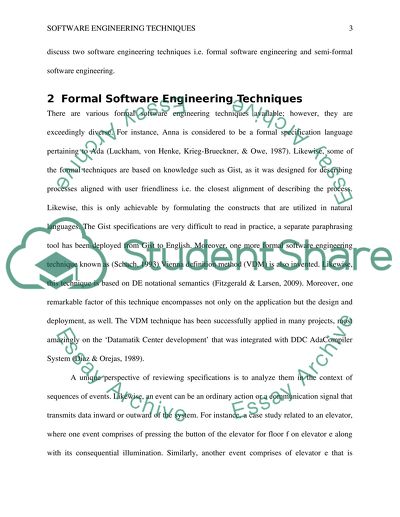Cite this document
(“Compare and contrast software analysis techniques Essay”, n.d.)
Retrieved from https://studentshare.org/information-technology/1487488-compare-and-contrast-software-analysis-techniques
Retrieved from https://studentshare.org/information-technology/1487488-compare-and-contrast-software-analysis-techniques
(Compare and Contrast Software Analysis Techniques Essay)
https://studentshare.org/information-technology/1487488-compare-and-contrast-software-analysis-techniques.
https://studentshare.org/information-technology/1487488-compare-and-contrast-software-analysis-techniques.
“Compare and Contrast Software Analysis Techniques Essay”, n.d. https://studentshare.org/information-technology/1487488-compare-and-contrast-software-analysis-techniques.


